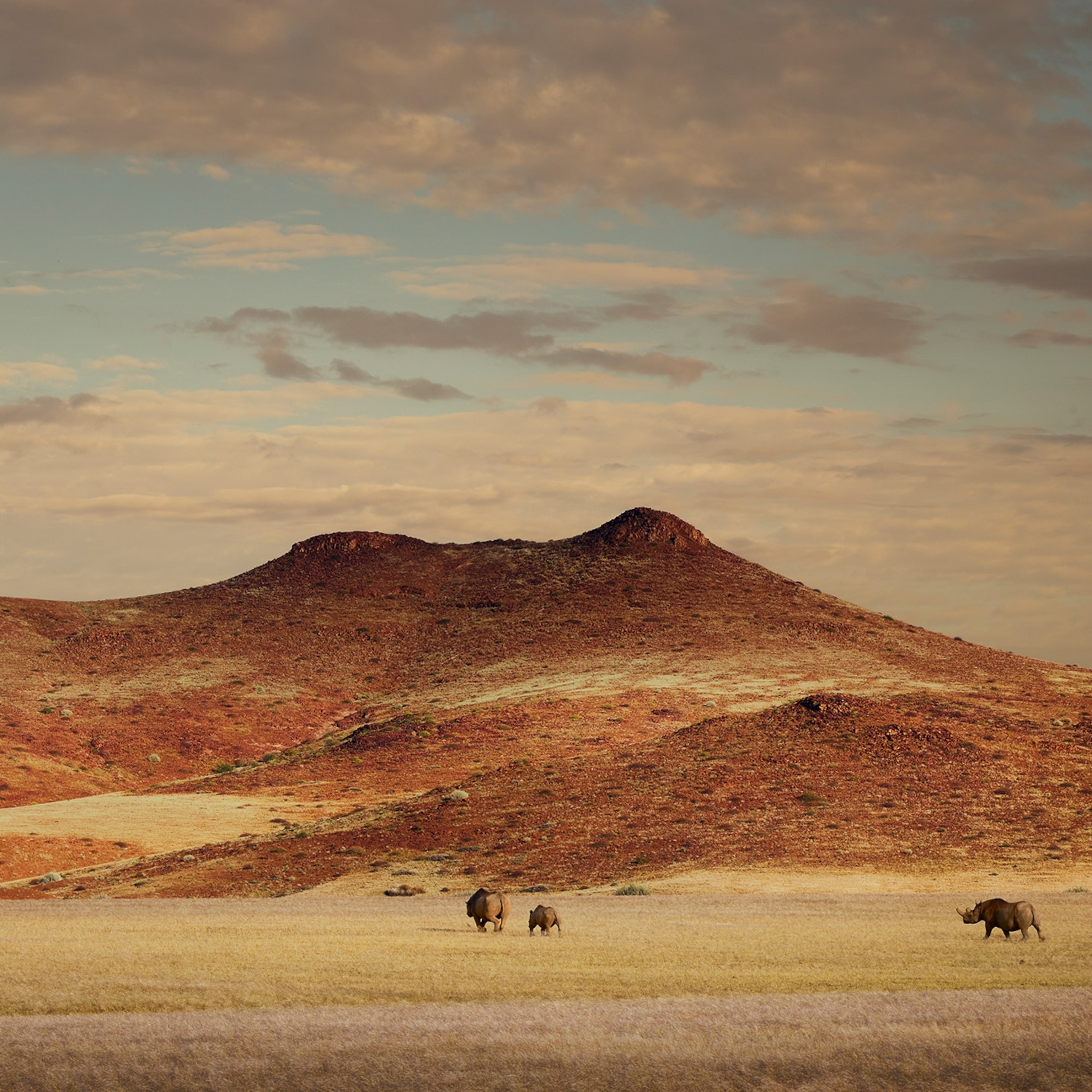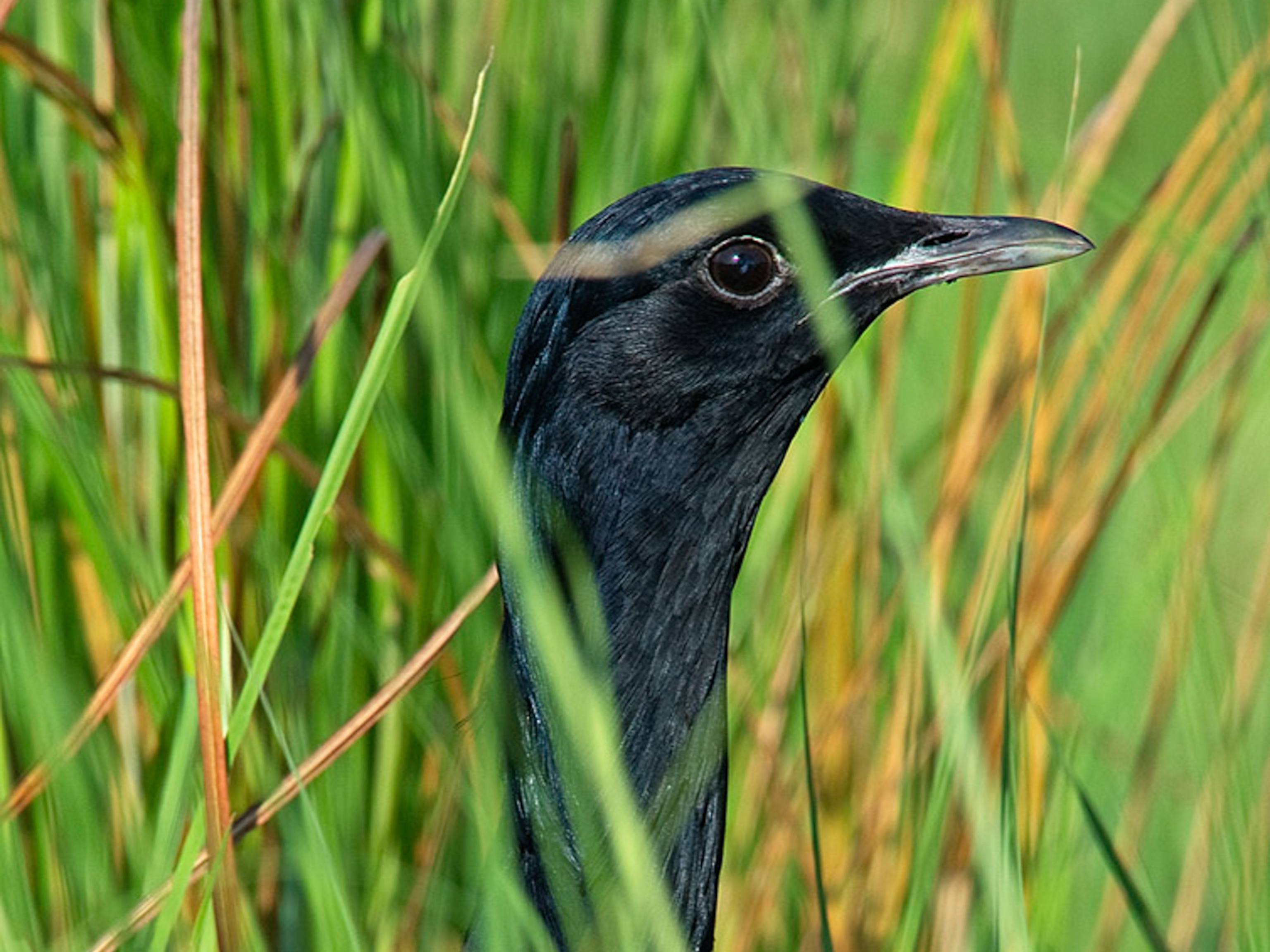
Porcupines are being poached for their stomach content
Wildlife trade experts warn that Southeast Asian porcupines may become endangered.
Porcupines are being hunted for onion-shaped masses of undigested plant material in their gut known as bezoars. According to leading wildlife trafficking experts, the small, spiny rodents are at risk of becoming endangered across Southeast Asia.
Demand is predominantly driven by China, where some believe that bezoars, which accumulate in the digestive tract, have potent medicinal properties, including the ability to cure diabetes, dengue fever, and cancer.
No scientific evidence exists for any curative properties of bezoars.
Bezoars are sold either raw or in powdered form and may be processed into capsules. A few ounces of the substance can command hundreds, even thousands, of dollars. Most sought after is the dark red “blood” bezoar, believed to be the most potent of the several varieties. Prices for bezoars have “increased exponentially during the past few years, following recent claims of their cancer-curing properties,” according to a 2015 report by the wildlife trade monitoring organization Traffic.
Levels of porcupine poaching aren’t known, despite urgent calls for research into the problem from organizations such as Traffic, the Environmental Investigation Agency, a U.K.-based nonprofit that investigates and campaigns against environmental crime, the New York City-based Wildlife Conservation Society, and various global specialists in the wildlife trade.
The Philippine porcupine, the Asiatic brush-tailed porcupine, and the Malayan porcupine, which live throughout Southeast Asia, are all flagged as threatened and declining in number by the International Union for Conservation of Nature, the body that sets the conservation status of wildlife species. None has yet been listed as endangered, which would bolster legal protection and international awareness.
“These species are screaming out for attention, but they’ve often been overlooked by the conservation community,” says Chris Shepherd, executive director of Monitor, an organization based in Canada that collates data on the wildlife trade. They’re “just going under the radar in the same way that 15 years ago nobody had heard of pangolins. More research into the status of these species in the wild, and the trade dynamics for meat and medicines, is urgently needed.” (Found in Asia and Africa, pangolins are believed to be the world’s most trafficked mammal because of demand for their scales, which are used in traditional Chinese medicine.)
Shepherd, who has spent 25 years tracking the wildlife trade, mostly in Southeast Asia, says he’s received many anecdotal accounts of significant numbers of porcupines being trafficked alive to China from Malaysia, as well as from Indonesia, Thailand, Laos, Cambodia, Myanmar, and the Philippines. He says the animals are killed and their stomachs cut open to extract any bezoars. (Experts at Traffic say that only about one in 10 porcupines has bezoars in its gut.)
As of now, no Southeast Asian porcupine species are listed as off-limits for trade by the Convention on International Trade in Endangered Species of Wild Fauna and Flora (CITES), the body that regulates cross-border commerce in wild animals and plants.
“I’ve always seen them in trade,” Shepherd says. “Often while looking into the trade of bear gall bladders, we see porcupine as well.” He says the disparity between international and domestic trade rules and classifications encourages poaching and illegal sales of porcupines.
Under Malaysia’s Wildlife Conservation Act, for example, commercial trade of brush-tailed porcupines and Malayan porcupines is prohibited, although both species can be hunted and sold with a license. But the act designates long-tailed porcupines as “totally protected,” a status that bans their domestic trade and sale. In the Philippines, the Palawan porcupine may be hunted and consumed by indigenous groups but is protected from commercial sale.
Similarly, Indonesian law makes it illegal to transport, trade, keep, or kill brush-tailed porcupines and Malayan porcupines, both of which are designated as protected species. In 2014, traffickers were caught by police trying to ship 55 Malayan porcupines from North Sumatra to mainland China. In September 2017, two Indonesian soldiers were arrested in West Sumatra’s Pasaman district for smuggling dozens of Malayan porcupines across provincial borders from West to North Sumatra, according to reports by Mongabay, a nonprofit conservation news website.
In Shepherd’s opinion, porcupines in Southeast Asia are in trouble. “Poaching,” he says, “is pushing these [kinds of] species into extinction.”
Also prized: porcupine spines and meat
Most bezoars are sold in China, Indonesia, and Malaysia, according to the Wildlife Conservation Society’s poaching and trade records. “Most users are Chinese,” says Dwi Adhiasto, a wildlife trade expert with the organization’s Indonesia program.
The bezoar trade in Asia dates back to at least the 16th century, according to research by Chris Duffin, a science associate at London’s Natural History Museum who specializes in the history of medicine. Traditional Chinese medicine also values the spines of porcupines, which are believed to prevent nosebleeds, among other properties.

Kanitha Krishnasamy, director of the Southeast Asia office of Traffic, says they’ve often found bezoars in Malaysian traditional medicine shops and that bezoars increasingly are sold online and through social media. It’s not known how much of the trade is illegal, she says, “but it’s certainly a worrying issue as trade appears pretty widespread.”
Krishnasamy, like Shepherd, is concerned that the perils facing porcupines are being overlooked.
Porcupine Bezoar, a website registered in Malaysia, promotes bezoar as a “tried and tested traditional Chinese medicine for almost all kinds of ailments including cancer.” The website also describes porcupine bezoars as a “Natural Super Antioxidant” and a “quick miracle cure.” The bezoars on offer, it claims, are taken from porcupines hunted in the wild, despite the fact that porcupines are bred legally for their bezoars on farms in Vietnam, Thailand, and Indonesia, among other places. In a plug to customers who believe curatives from wild animals are more potent, the website says, “The most valuable…bezoars are procured from porcupines in the rainforest of Indonesia or Borneo.”
Demand for bezoars isn’t the only threat porcupines face. Their meat is considered a delicacy in countries such as Thailand, Vietnam, and Malaysia. According to a 2010 study in the journal Biological Conservation, consumption of the Southeast Asian porcupine has had “a devastating effect on wild populations.”
Researchers at the UK-based University of East Anglia found that the Malayan porcupine, which is found throughout Southeast Asia, declined by at least 20 percent during the 1990s, citing overhunting as the main factor.
On February 15, Malaysia’s national postal service, Pos Malaysia, announced it would release a series of “Exotic Food-themed postage stamps. The series, which features sea cucumber salad, fried grasshoppers, and porcupine steak, “appears be a promotion of wild meat consumption,” Krishnasamy says.
“It was never our intention to promote or encourage activities such as hunting or consuming exotic animals,” Pos Malaysia said in a statement. PERHILITAN, the Malaysian government’s wildlife agency, did not respond to requests for comment.
Echoing Chris Shepherd, Debbie Banks, a wildlife crime expert with the Environmental Investigation Agency, warns that porcupines could become “the next pangolin of the illegal wildlife trade. Pangolins,” she says, “were being traded in their millions before they got the protection they really needed.” In 2017, CITES designated all eight pangolin species as “critically endangered,” making their trade and sale strictly illegal.
“Porcupines have minimal protections now,” Banks says. “There must be action taken before it’s too late.”







